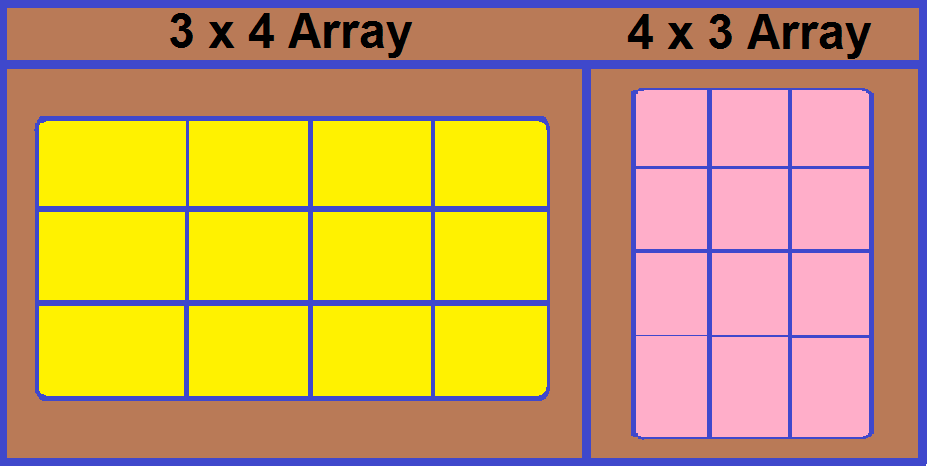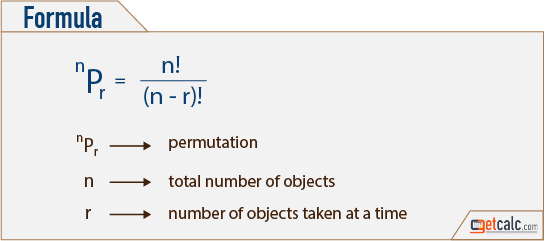
- Find the number of possibilities 4 permute 3 generator#
- Find the number of possibilities 4 permute 3 series#
Models of central pattern generators for quadruped locomotion: I. Models of central pattern generators for quadruped locomotion: II. Thesis, University of Houston, Houston, TX, USA, 1998. A Model of Central Pattern Generators for Quadruped Locomotion.
Find the number of possibilities 4 permute 3 series#
Theory and Applications of Hopf Bifurcation London Mathematical Society Lecture Note Series 41 Cambridge University Press: Cambridge, UK, 1981. A group-theoretic approach to rings of coupled biological oscillators. Coupled nonlinear oscillators and the symmetries of animal gaits. Hexapodal gaits and coupled nonlinear oscillator models. Symmetry-breaking bifurcation: A possible mechanism for 2:1 frequency-locking in animal locomotion. Phase transitions and other phenomena in chains of oscillators. Coupled oscillators and the design of central pattern generators. Symmetry and phaselocking in chains of weakly coupled oscillators. In Neural Control of Rhythmic Movements in Vertebrates Cohen, A.H., Rossignol, S., Grillner, S., Eds. Towards a Theory of Modelling Central Pattern Generators. Vertebrate locomotion, an introduction: How does an animal's body move itself along? BioScience 1989, 39, 764–765. Some finite state aspects of legged locomotion. Animals in Motion Chapman and Hall: London, UK, 1899 Reprinted Dover: New York, NY, USA, 1957. How Mammals Run: Anatomical Adaptations Wiley: New York, NY, USA, 1974. The author declares no conflict of interest. This helps to avoid potential confusion in the later analysis, because several different conventions exist in the literature.

We also summarise the Equivariant Hopf Theorem and specify our notational conventions. We state the Equivariant Branching Lemma for the existence of steady-state bifurcations with specified symmetry types. Here we review general theorems about symmetry-breaking local bifurcations. We discussed the bifurcation of synchronous (that is, symmetry-preserving) steady states in Section 5. (However, there is a difference between passive standing and “getting ready” to initiate a periodic gait, which is one way to interpret these symmetry-breaking equilibria.) At any rate, the analysis has to take them into account. These correspond to various “stand” gaits, where the animal is motionless, which may not be of great interest. However, steady-state bifurcations also occur in the rate equations. Some of the results apply to rate equations on more general networks. The tetrahedral symmetry arises from the structure of the eigenvalues of the connection matrix, which is involved in, but not equal to, the Jacobian of the rate model at bifurcation points.

It comprises two concentric tetrahedra, subdivided by various symmetry planes.

The partition is polyhedral, and its symmetry group is that of a tetrahedron. The three-dimensional space of connection strengths is partitioned into regions that correspond to the first local bifurcation from a fully symmetric equilibrium. Rate models incorporate parameters corresponding to the strengths of connections in the CPG: positive for excitatory connections and negative for inhibitory ones. We use methods from symmetric bifurcation theory to investigate local bifurcation, both steady-state and Hopf, for their network architecture in a rate model. They used symmetric bifurcation theory to predict the existence of four primary gaits and seven secondary gaits. Pinto and Golubitsky studied a four-node CPG for biped dynamics in which each leg is associated with one flexor node and one extensor node, with ℤ 2 × ℤ 2 symmetry.
Find the number of possibilities 4 permute 3 generator#
The timing patterns of animal gaits are produced by a network of spinal neurons called a Central Pattern Generator (CPG).


 0 kommentar(er)
0 kommentar(er)
